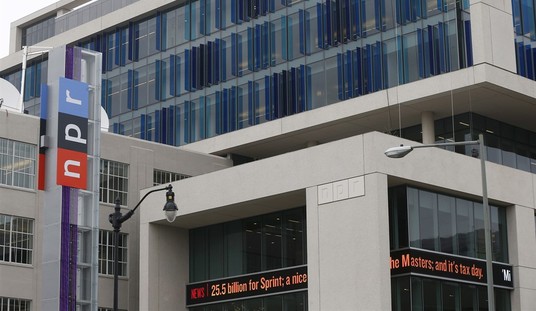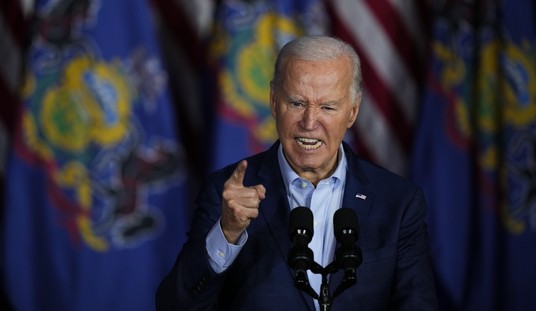In a craven act of surrender to eco-Chicken Littles in July, Congress passed a bill requiring nationwide labeling of foods containing genetically modified organisms (GMO), while preempting states from requiring state-specific labels.
President Barack Obama signed the Safe and Accurate Food Labeling Act (SAFLA) into law on July 29, requiring food produced using a certain kind of genetic modification to be labeled.
Farm groups, food companies, and the biotech industry had supported a bill earlier this summer that would have made GMO labeling voluntary for companies, but after it failed to pass, they supported SAFLA, preferring to be held to one national standard rather than to a patchwork of different state labeling laws. The federal GMO labeling bill nullifies and preempts state and local GMO food-labeling laws.
Through a variety of laws and agencies, the federal government has for decades attempted to ensure the safety of food and many other products, such as medicines, and required them to carry labels listing ingredients, nutritional information, and, in the case of medicines, possible harmful side effects. The agencies, the testing, inspections, and the labels they require were also intended to prevent fraud.
What these labels have never done before, however, is required producers or manufacturers to detail the particular methods through which the products are produced. Why? Because the method of production is irrelevant to the health or safety of the product. Yet, the method of production is the whole point of GMO labeling laws.
Recommended
Environmental extremists argue genetic modification of products renders them uniquely dangerous, and they often lead or threaten to lead consumer boycotts of companies using bioengineered foods to create a flood of negative publicity. But since 75 percent of the food Americans consume contains genetically modified ingredients, these radical environmentalists needed to convince legislators to buy into their absurd demands—thanks to Congress, they now have their wish.
Think about it: 75 percent of foods are genetically modified or contain or are derived from genetically modified ingredients, and despite millions of people around the world having consumed these products for decades, neither governments, nor scientists, nor hateful environmentalists can show a single case where a food or medicine has harmed someone due to genetic modification. This can’t be said for foods produced through traditional cross-breeding techniques or organic foods.
Unlike crops developed through traditional cross-breeding techniques, genetically modified foods are among the most extensively studied scientific subjects in history.
Every major research body that has looked into the health and safety of genetically modified crops—including the National Academy of Sciences, the Royal Society, the World Health Organization, the American Medical Association, the Food and Drug Administration, and the U.S. Department of Agriculture—have endorsed their use.
Research published in Critical Reviews in Biotechnology in 2014 examined 1,783 studies on the safety and environmental impacts of GMO foods and couldn’t find a single credible example demonstrating GMO foods pose any harm to humans or animals. Nor did they find any evidence GMO crops have a negative environmental impact.
More recently, a May 2016 report from the National Academies of Sciences, Engineering, and Medicine determined GMO crops are safe and could also be better for people’s health and the environment.
As Daren Bakst, a research fellow in agriculture policy at The Heritage Foundation, said in a recent interview with Environment & Climate News, “Congress, once again, took a bad situation and made it worse. GMO foods on the market are as safe as their non-GMO counterparts. Simply labeling them and making them appear different in some way gives the public the impression they are not.”
Approximately 800 million people are currently malnourished and two billion additional people are expected to populate the world by 2050. In order to feed the nine billion people expected to populate this planet while keeping diets similar to those currently enjoyed by people in developed countries, we will have to triple production of food by 2050.
This can only be accomplished using one of two ways. The first is the world’s farmers would have to adopt advanced farming practices using high inputs of fertilizers and pesticides, while substantially expanding the amount of land under cultivation. This would be a disaster for wildlife, native plants, forests, and especially for rangelands and wildlands, which will most likely need to be converted to agriculture to accomplish this difficult goal.
The second way is to use biotechnology to produce hardier, disease-resistant, pest-resistant, vitamin-fortified crops that use water more efficiently and can be grown more readily on marginal lands to increase food production.
Shame on Congress for adopting mandatory GMO labeling, which has in effect made this second option—the one friendlier to the environment and human health—less likely to be successful.
























Join the conversation as a VIP Member